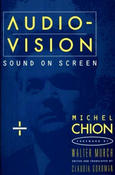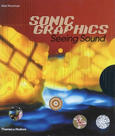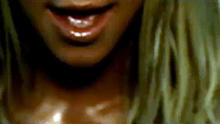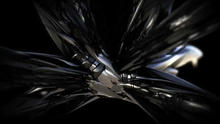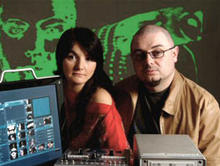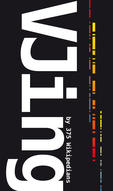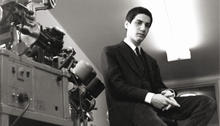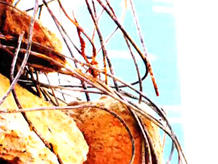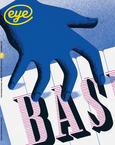Scott Pagano (Neither Field)
is a Los Angeles-based video artist, filmmaker, and motion graphics designer and is recognized for his distinctive style of moving images constructed by re-mixing images of architecture, daily life, and intricate CG graphics.
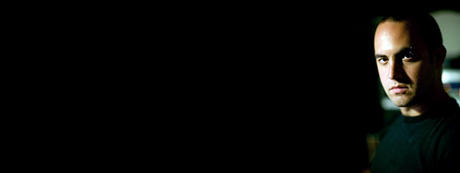
As filmmaker, motion designer, and spatial reconstructionist, Scott Pagano creates moving image content utilizing shards of architecture, disfunction, and futurism. With influences ranging from minimal painting to cinema, his work offers a re-envisioned perspective on the graphic stratas that saturate our visual perception. His meticulously constructed abstract artworks push the boundaries of audio-visual composition and process using a dynamic mix of cinematographic and synthetic imagery.
Source: Scott Pagano's website
Pagano studied photography and graphic design at RISD and is a graduate of Brown University where he studied Modern Culture and Media.
Pagano's music videos and motion art works have been screened internationally in venues ranging from film festivals to MTV. He has worked with a wide range of notable musicians including BT, Funkstörung, Twerk, Richard Devine, Christopher Willits, Monolake, Deadbeat, Speedy J, Chris Liebing, Kid606, Joan Jeanrenaud, and the Kronos Quartet.
Pagano is the co-curator of RELINE, a series of DVD releases featuring experimental video art. Reline1 was released in 2003 on Form001 and Reline2 was released on September 29, 2006, on Microcinema's Blackchair label.
Source: Wikipedia
